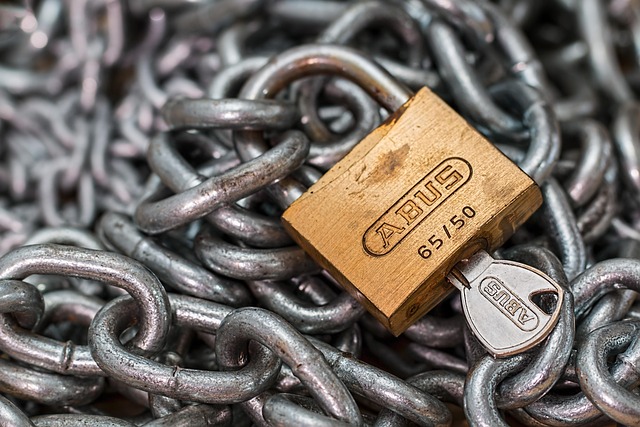Unlocking Safety: The Critical Role of Physical Security & Access Control in Today’s World
In an age where security threats are pervasive, understanding Physical Security & Access Control is essential. This article explores its significance, methodologies, and emerging technologies. Companies must prioritize both physical safety measures and access control systems to protect their assets and personnel. Insights into best practices and innovative approaches provide a roadmap to enhancing security. As threats evolve, so too must the strategies to mitigate them. Discover how effective security solutions can safeguard both the tangible and intangible assets of your organization.
The Importance of Physical Security & Access Control
In recent years, the concepts of Physical Security & Access Control have gained tremendous traction across various sectors. With the rise of security incidents worldwide, businesses are recognizing the need for robust systems to protect their infrastructure and personnel. Physical Security focuses on the protection of physical assets, while Access Control regulates who can enter specific areas or access certain systems. The integration of these two elements creates a comprehensive security strategy. This dual approach not only deters unauthorized access but also mitigates potential threats, fostering a safer work environment. Understanding the significance of Physical Security & Access Control can empower organizations to make informed decisions regarding their security frameworks.
Components of Effective Security Strategies
Implementing effective Physical Security & Access Control requires a variety of components that work synergistically. Security personnel, surveillance systems, and access control technology are pivotal in this equation. Advanced surveillance systems, such as high-definition cameras and motion sensors, provide real-time monitoring and incident detection. Similarly, access control methods, like key cards, biometric scanners, and mobile access apps, enhance regulatory compliance and security. Moreover, integrating security measures with IT systems can optimize operational efficiency. This convergence of physical and digital security measures ensures that organizations remain ahead of potential threats, reinforcing their security posture.
Emerging Technologies in Access Control
The landscape of Physical Security & Access Control is continuously evolving due to technological advancements. Innovations like artificial intelligence and machine learning are transforming access control systems, enabling predictive analytics to foresee potential security breaches. Biometric technology—fingerprint, facial recognition, and iris scanning—offers heightened security levels that traditional methods cannot match. Furthermore, cloud-based solutions provide scalability and flexibility, making it easier for organizations to manage large data sets from multiple access points. As technology advances, businesses must remain adaptable, leveraging these trends to enhance their security frameworks effectively.
Challenges and Solutions in Implementing Security Measures
Despite the advantages of robust Physical Security & Access Control measures, organizations face numerous challenges. Budget constraints, technological integration difficulties, and resistance to change among employees can hinder the implementation process. To overcome these barriers, organizations must approach security strategically, investing in comprehensive training for personnel and ensuring that systems are user-friendly. Collaboration between IT departments and security teams can also facilitate smoother integrations. By proactively addressing these challenges, organizations can create a more secure workplace environment, reducing the risk of incidents.
The Future of Physical Security & Access Control
The future of Physical Security & Access Control is promising yet challenging. As the threat landscape evolves, organizations must adapt their strategies accordingly. Cyber-physical threats are becoming more common, where digital vulnerabilities can lead to physical breaches. Stakeholders must prioritize the convergence of cyber and physical security to address this complexity. Emerging practices, such as security-as-a-service models, provide flexible options for companies of all sizes. Ultimately, a proactive approach involving regular assessments and updates to security protocols is essential. As we move forward, fostering a culture of security awareness and innovation will be crucial in maintaining a secure environment.
Conclusion: Prioritizing Security
In conclusion, investing in Physical Security & Access Control is no longer an option but a necessity in today’s society. Protecting assets and people is paramount, making the implementation of effective security protocols essential for any organization. By leveraging technologies and embracing best practices, companies can significantly enhance their security measures. The key lies in understanding the comprehensive nature of Physical Security & Access Control and adapting accordingly to the dynamic landscape of threats. Prioritizing security today means securing a safer tomorrow.
